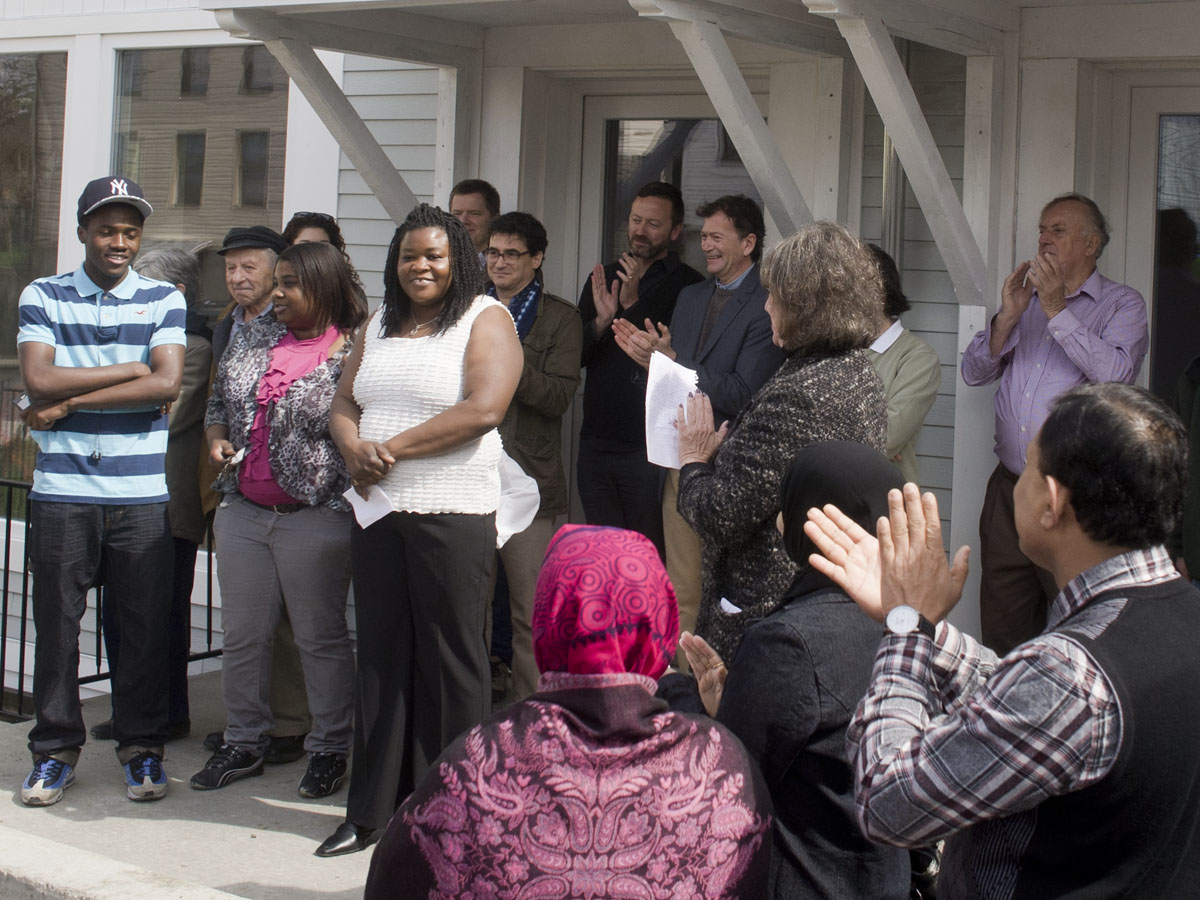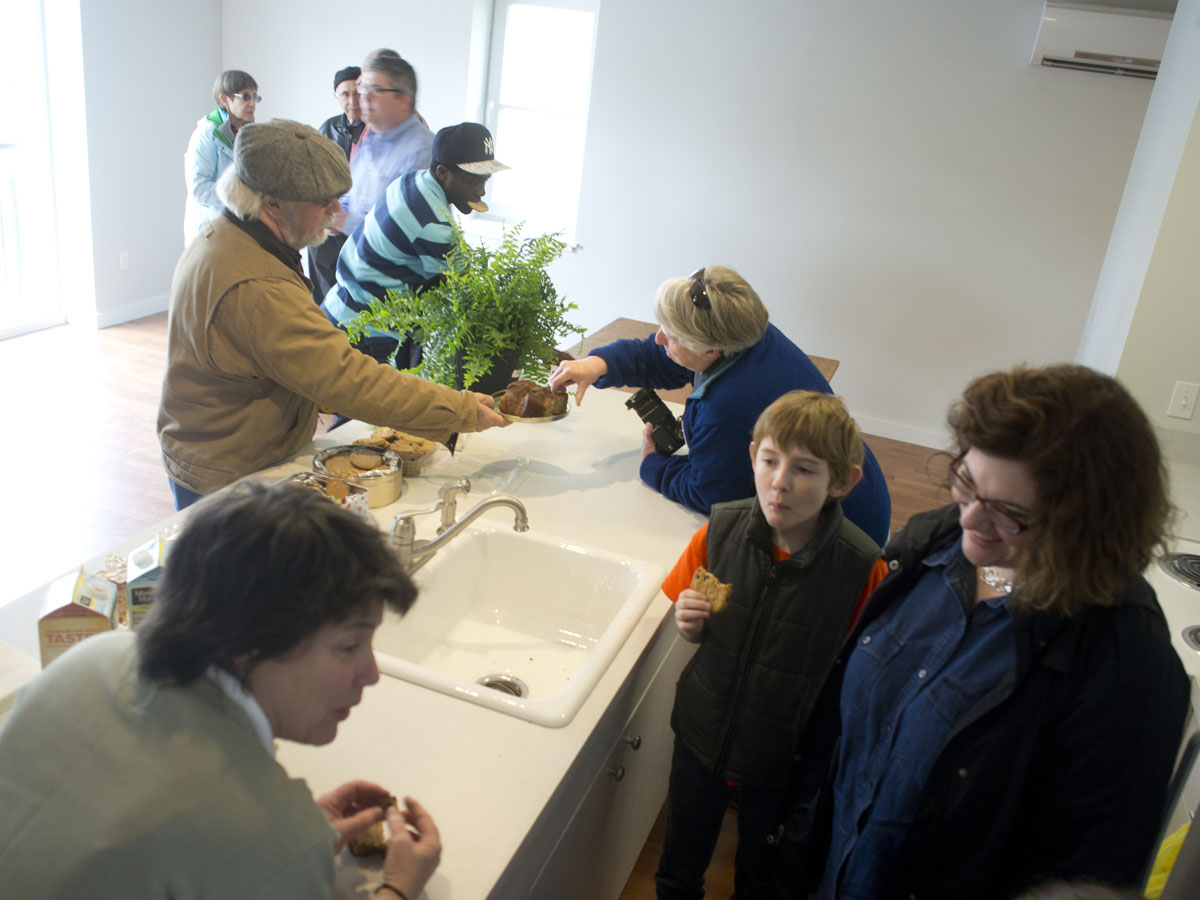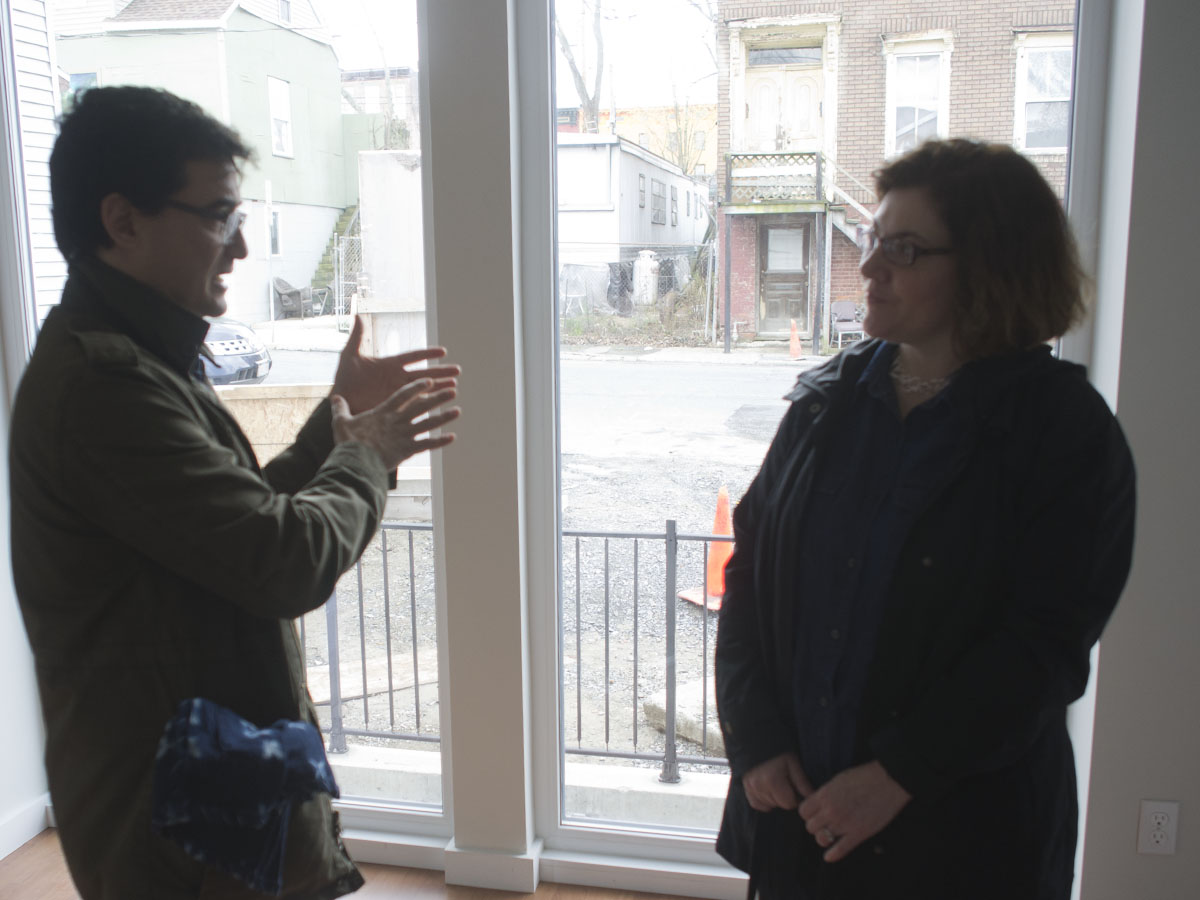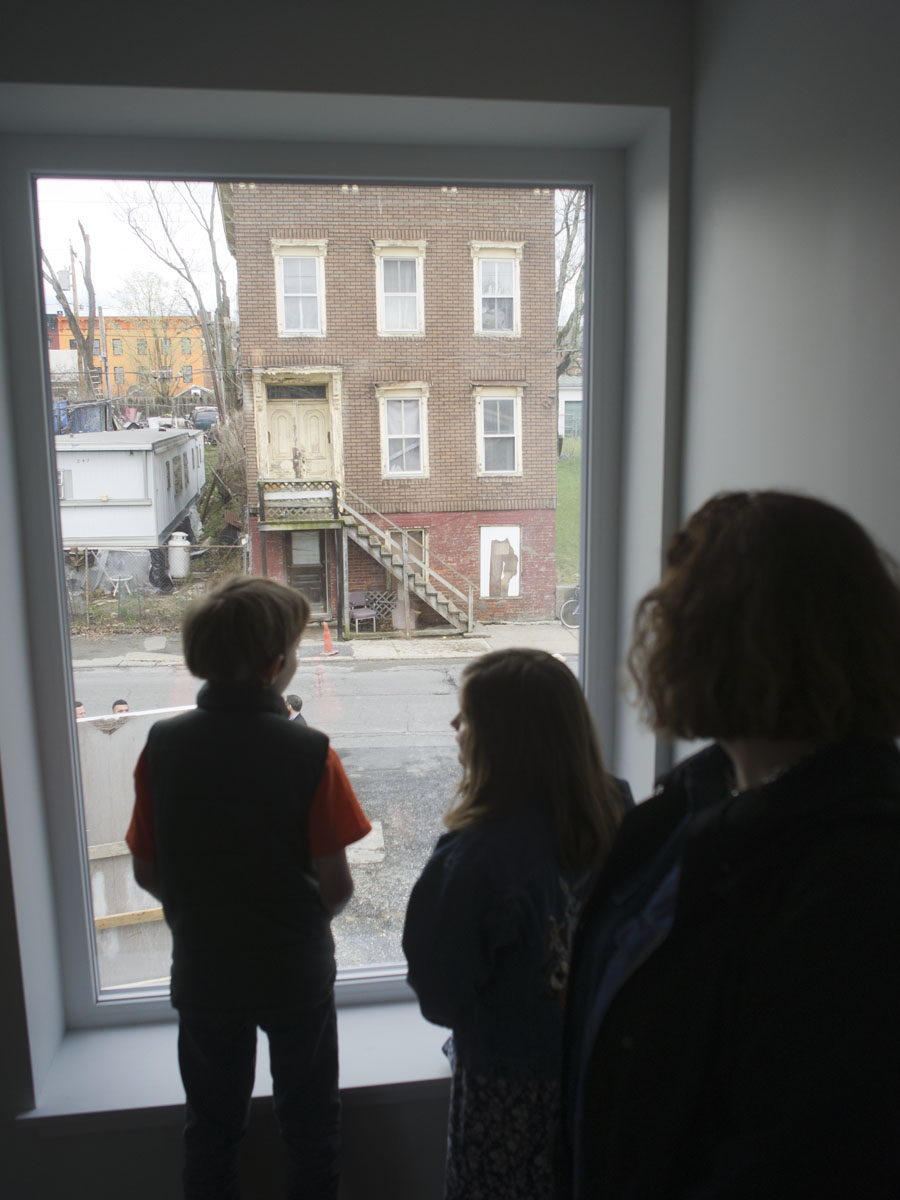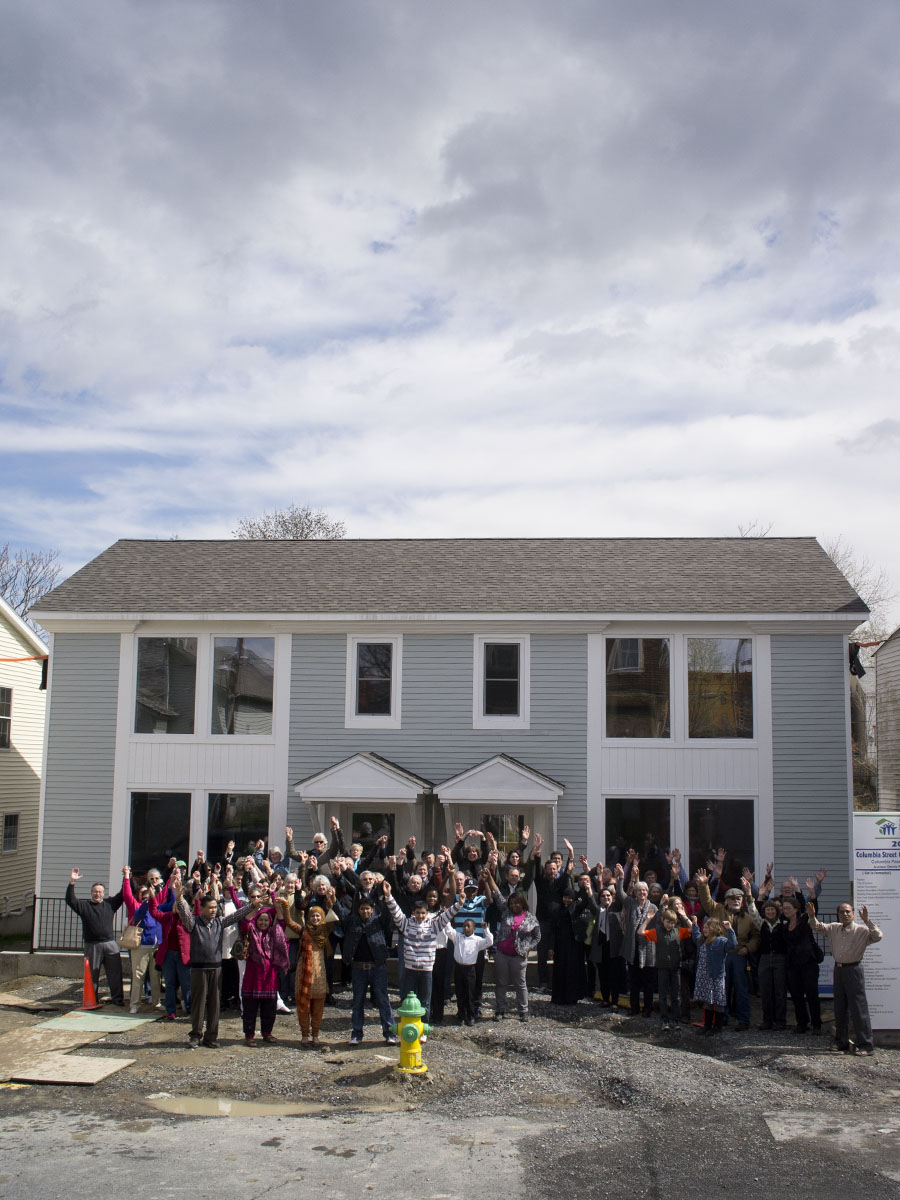The house is consistently warm and comfortable even on the coldest days. Unlike the house next door, no drafty doors or chilly windows remind you the North Wind is blowing. It can be quite a shock to step outside the airlock.
Marc Bailey of BarlisWedlick recently asked us how the mini split is working. New models coming onto the market can handle colder weather than our model can, which has a lowest operating temperature (heating) of -5 degrees F. Our reply: The mini split seems to function fine at low temps. We have one 9,000 BTU (cooling) / 12,000 BTU (heating) ductless wall-mounted unit, Fujitsu model no. ASU9RLS2.
Observations
- Most of the time the controls are set to “heat” rather than automatic, with the fan on. This seems to make the house warmer. It’s set for 70 degrees F.
- Chris cleans the filter screens often. Performance is noticeably better when we keep the screens clean.
- The ceiling fans help to distribute the warm air and even out the temperature throughout the house. If the ceiling fans are off, the first floor can be about 3 degrees cooler than the second floor.
- The upstairs bedrooms are often about 2 degrees cooler than the rest of the first and second floor in the morning, which is probably because we keep the doors closed at night. In this very cold weather, the rooms may be 3 or 4 degrees cooler.
- It is warmest on the open deck area above the kitchen, which overlooks the big South window and is closest to the mini-split. That’s my office area now. On cold days Chris has been using a portable Delonghi electric heater in his lower level studio, which is far from the mini split.
Our plans call for three mini splits in this three-floor house but we have only installed one so far. The walls are plumbed and wired for the remaining two, the installation of which will cost $3,000 each. We are waiting to see how the house feels to live in, and the lower level remains unfinished at this time. So far, we are finding that the mini split in the lower level is mostly needed for heating, and the one in the master bedroom is mostly needed for cooling.
For another blog entry, I’ll find out why some people call this sleek white box a “mini split” while others say “heat pump” or “air handler”.
















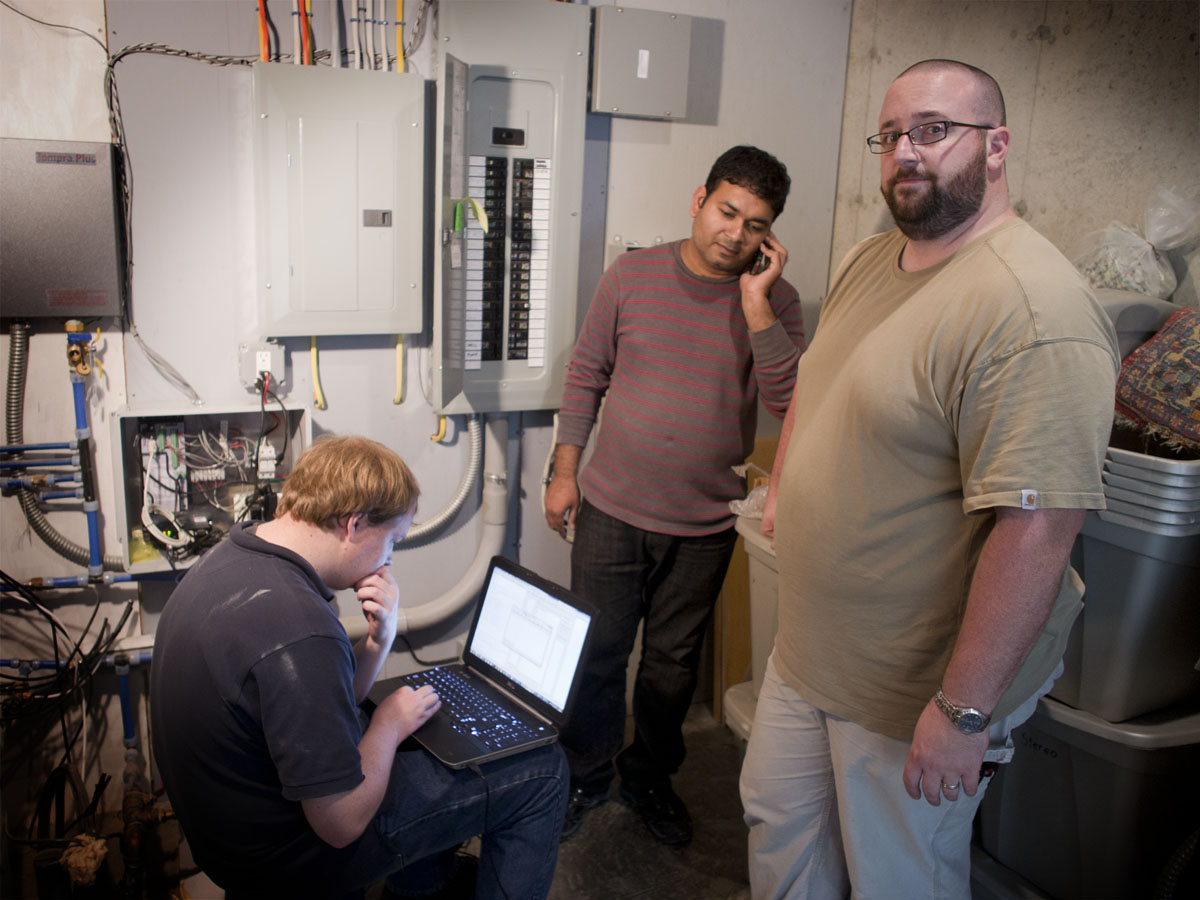
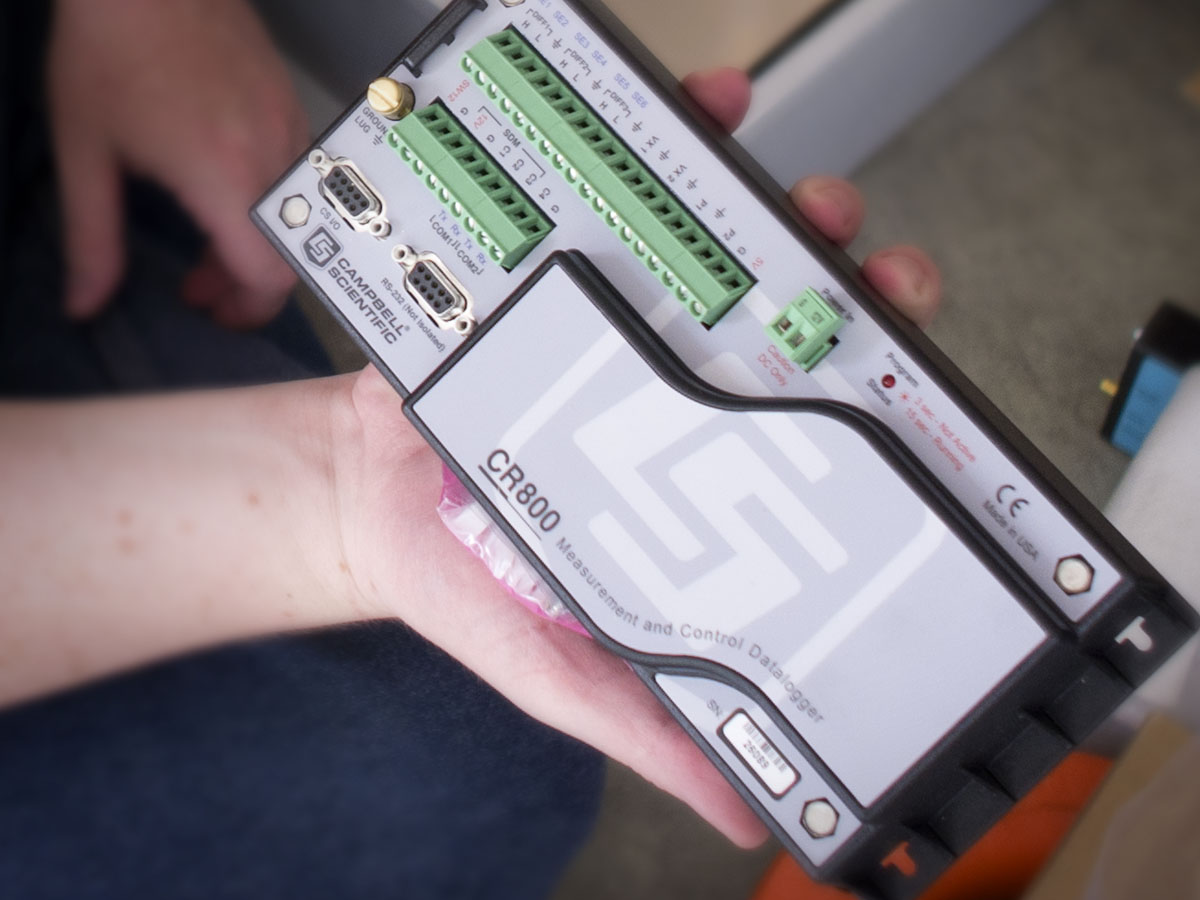
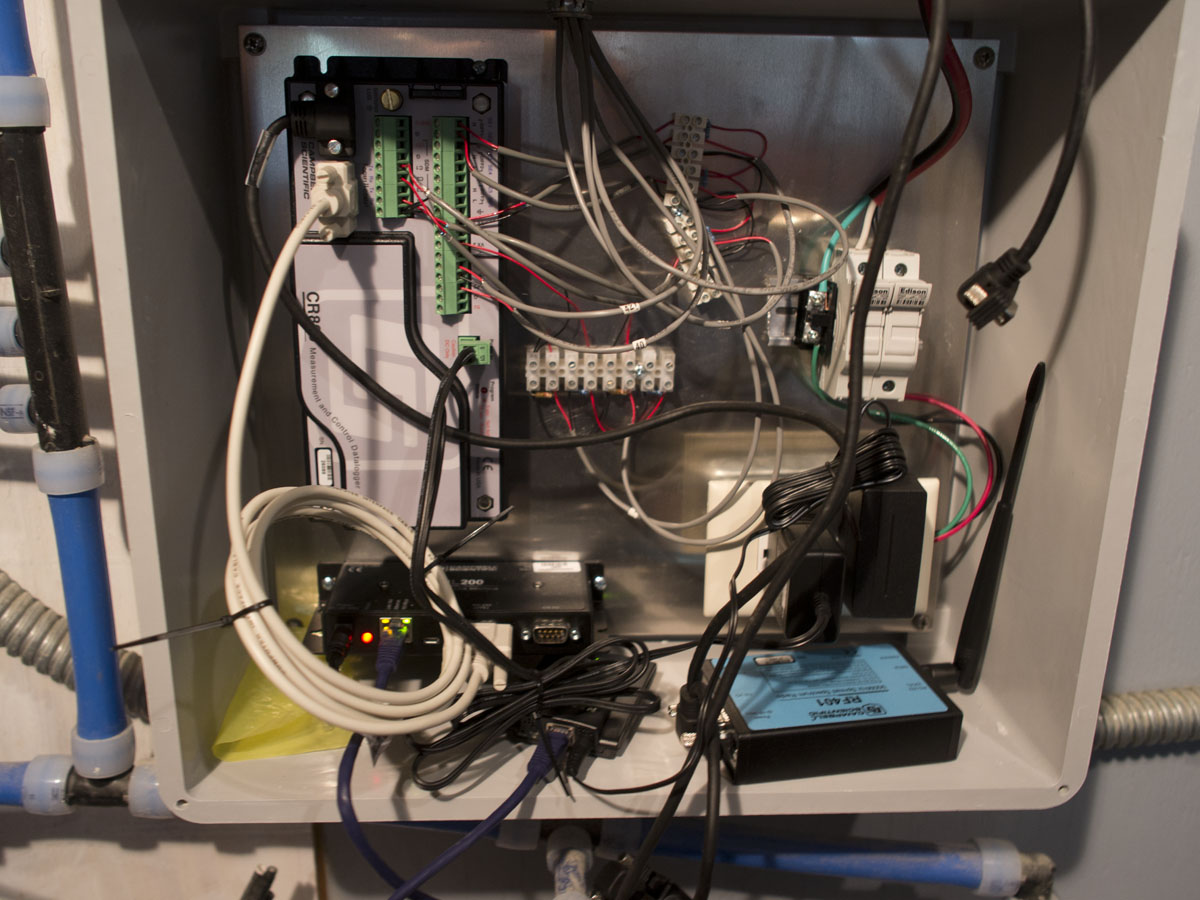
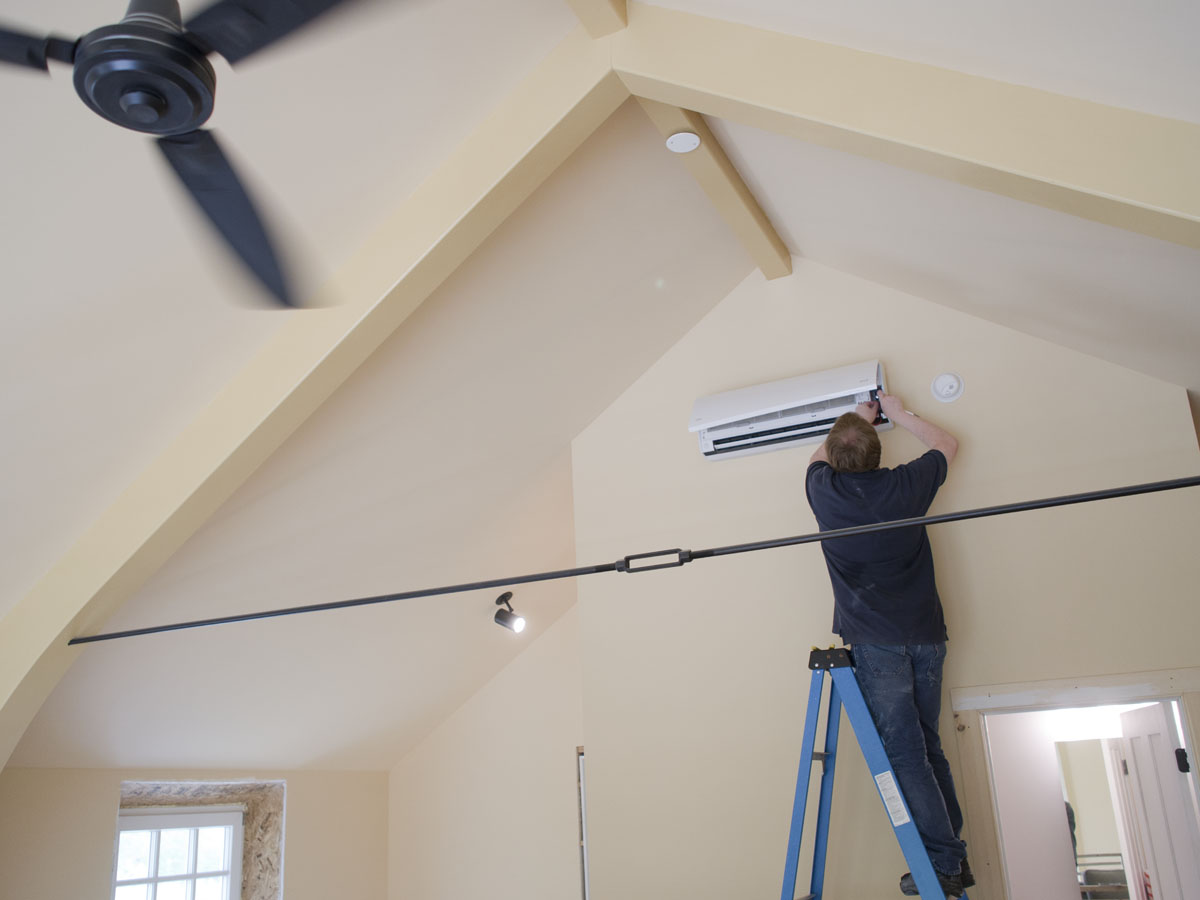
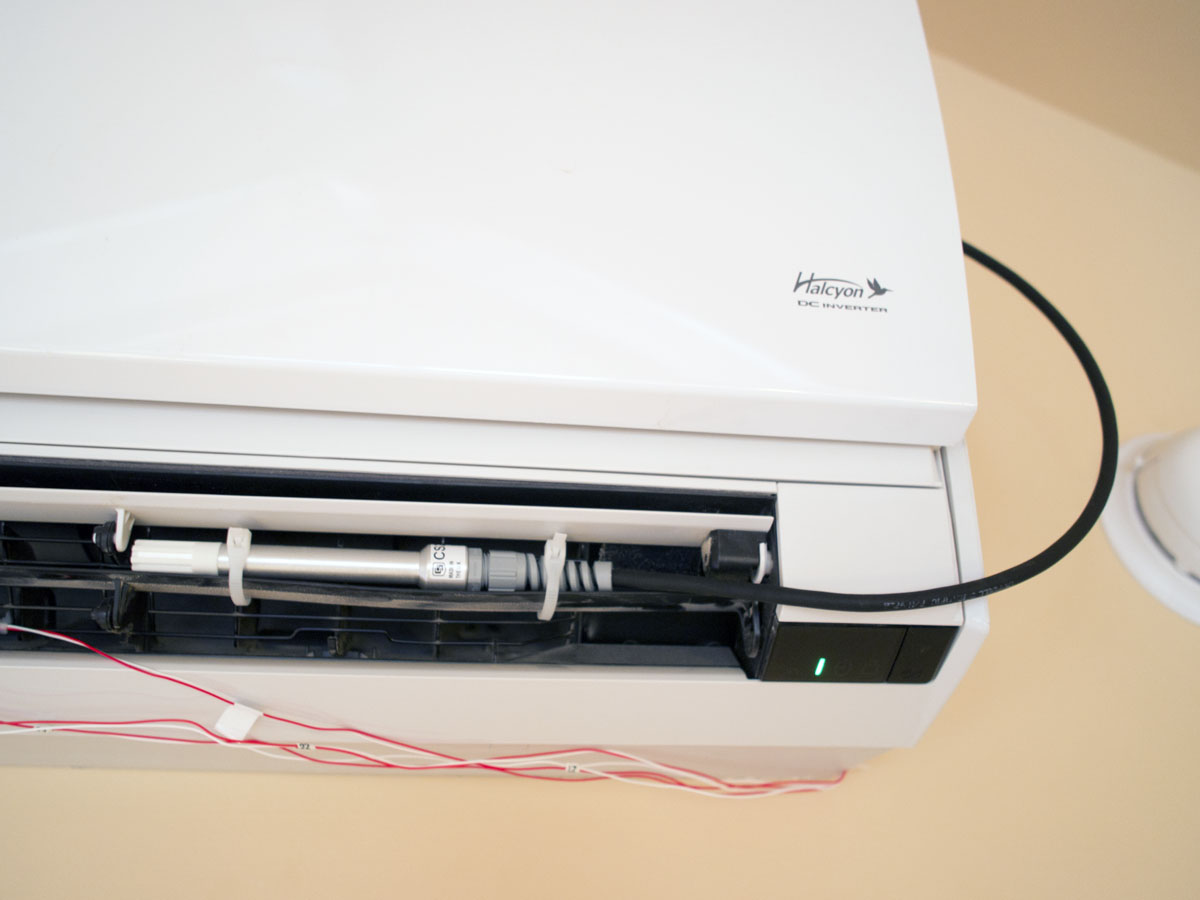
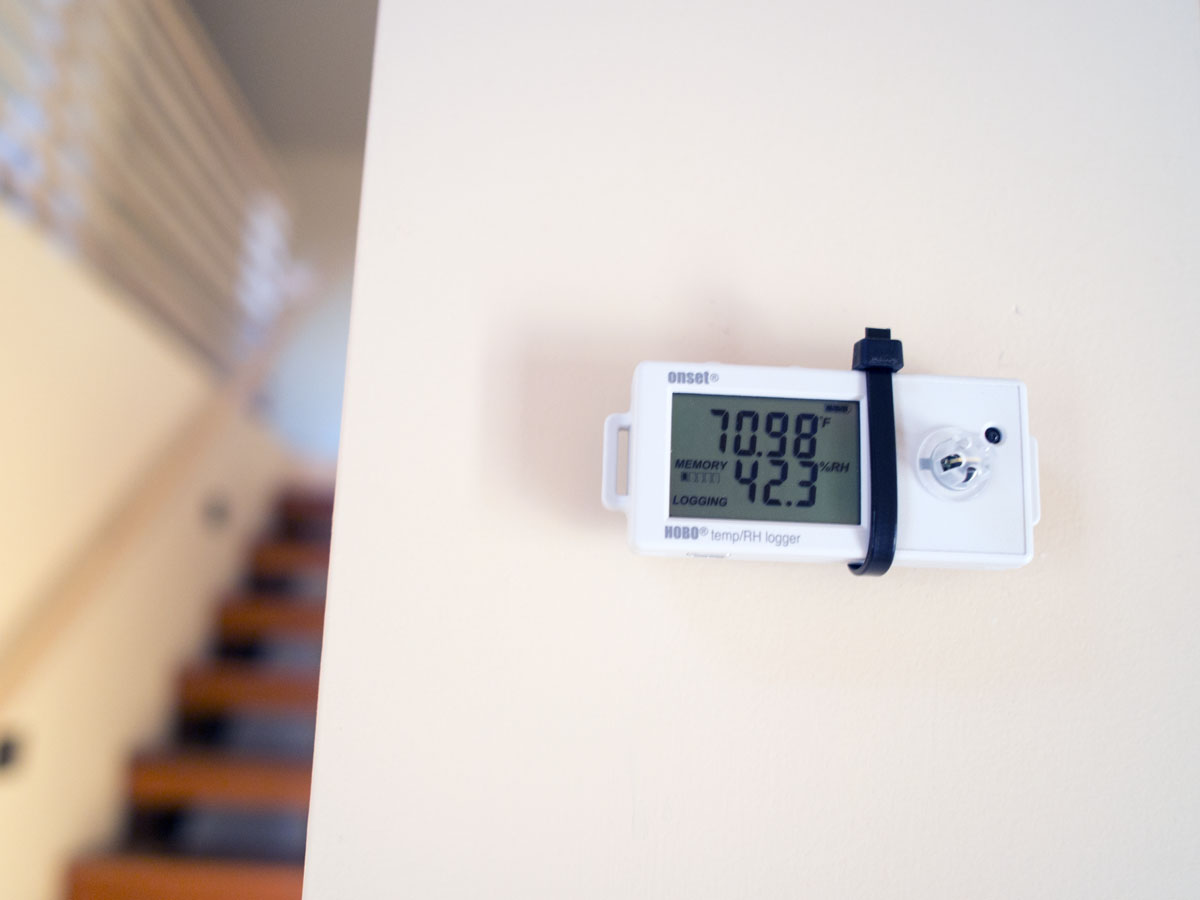
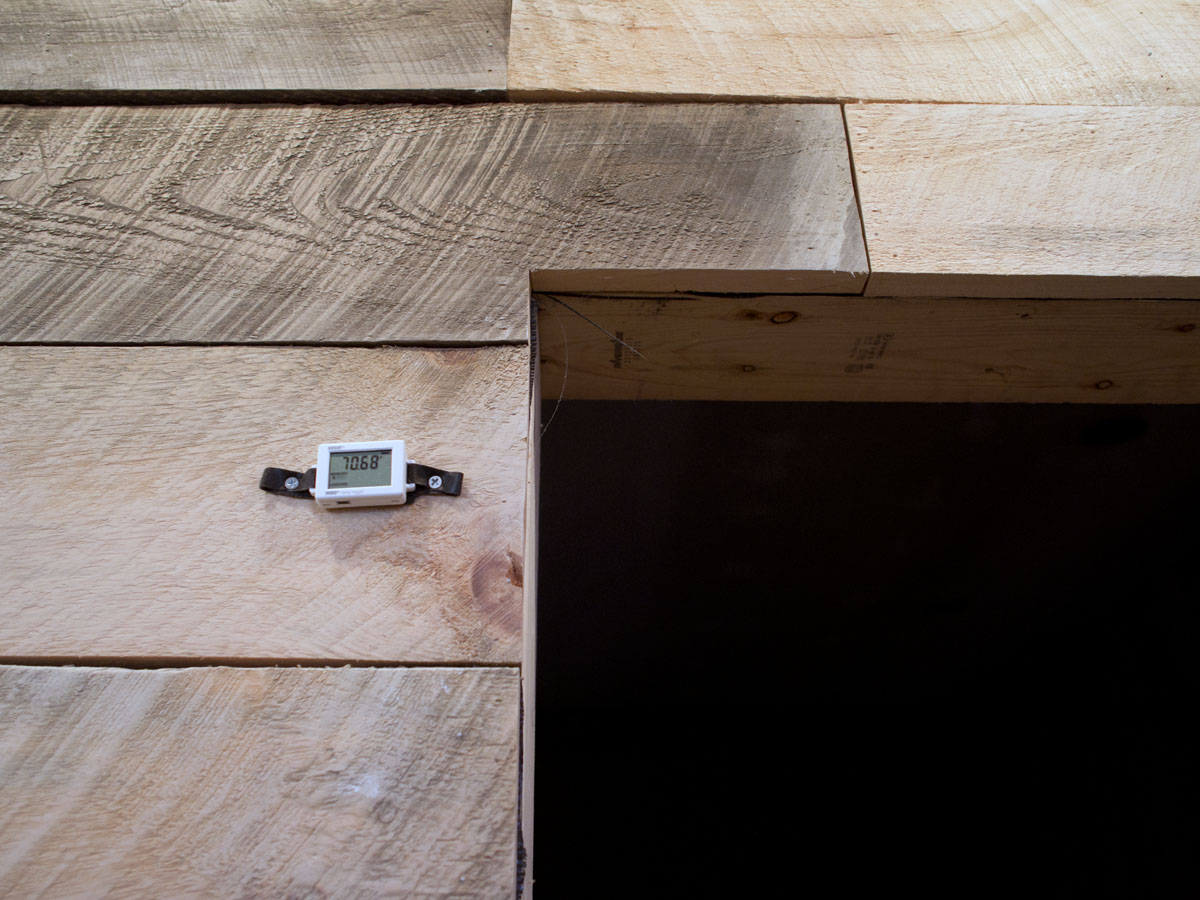
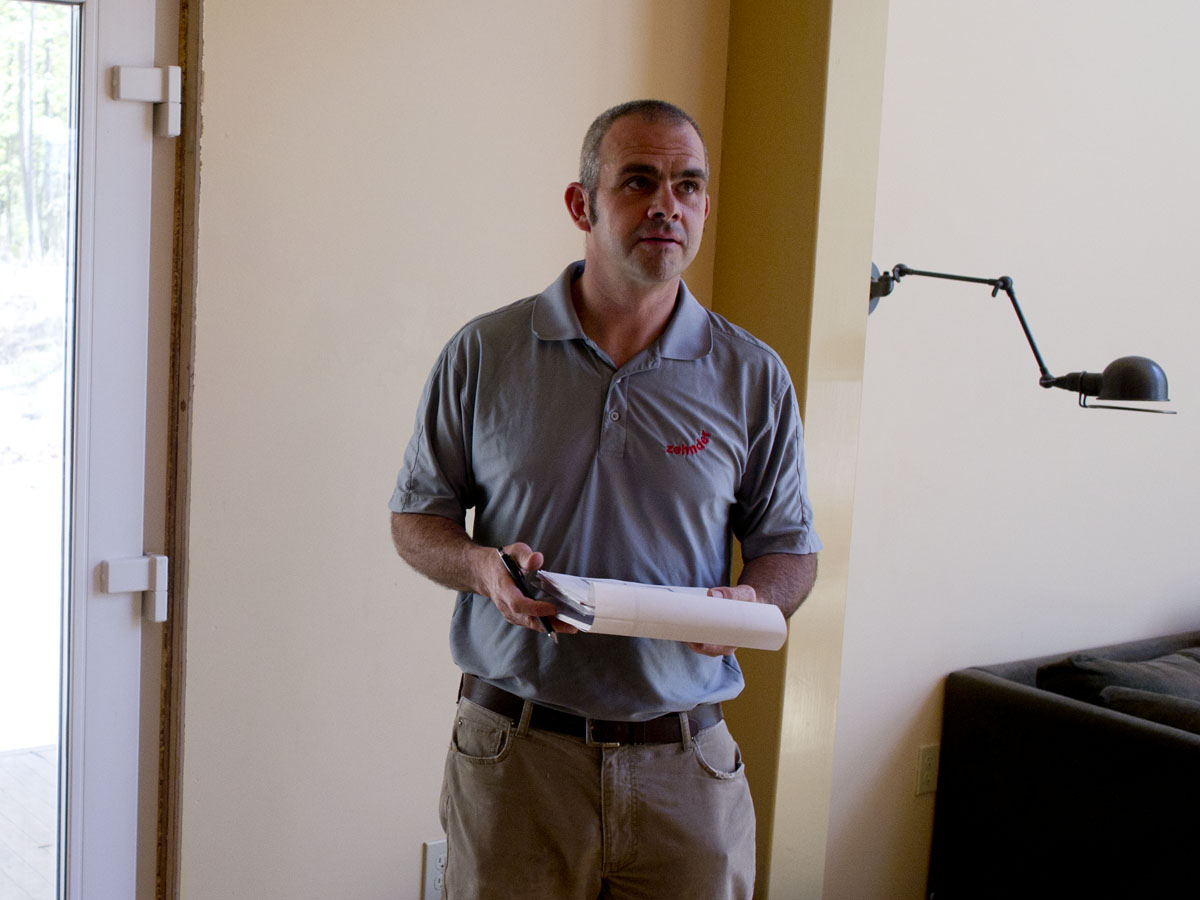











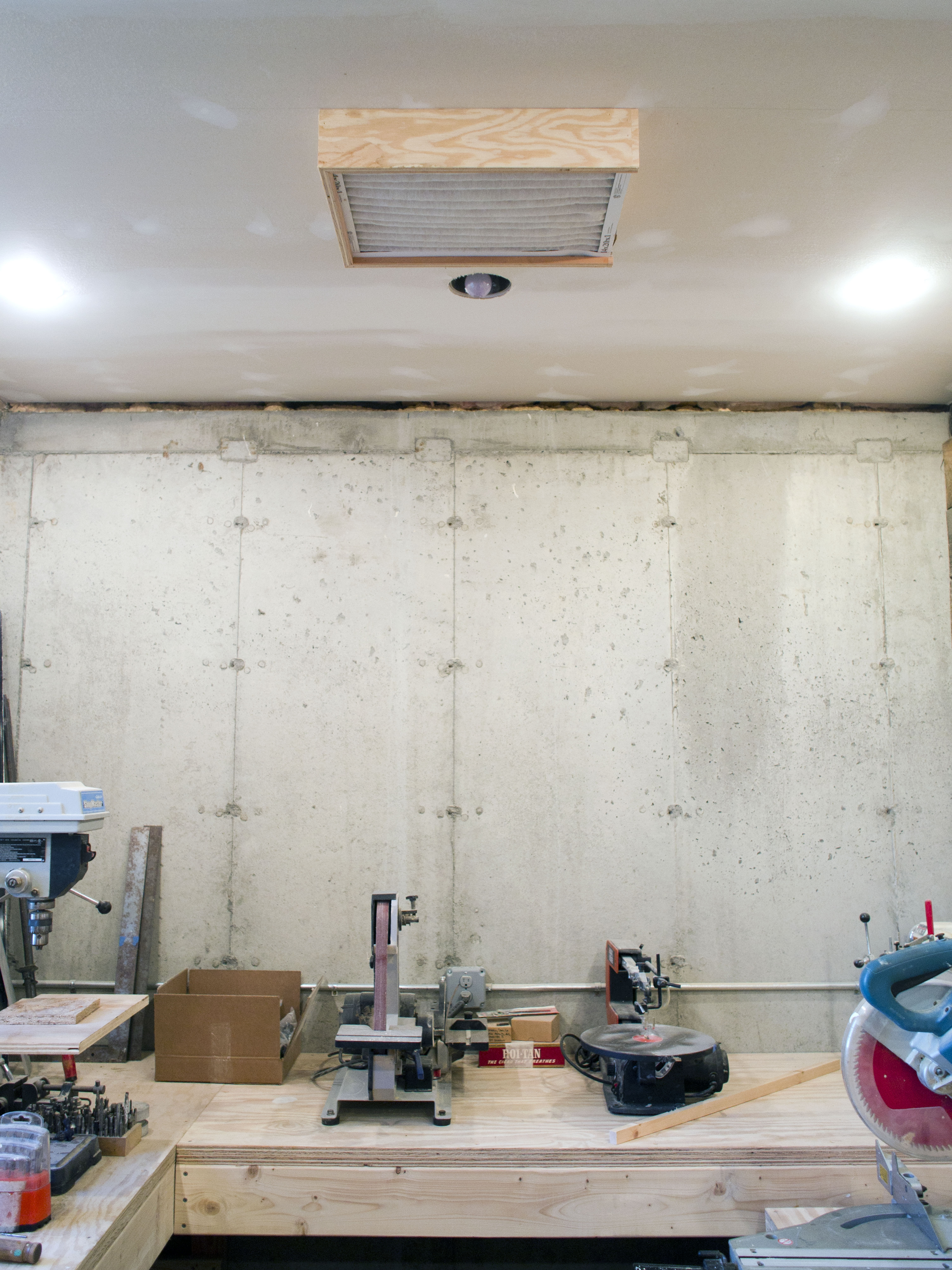
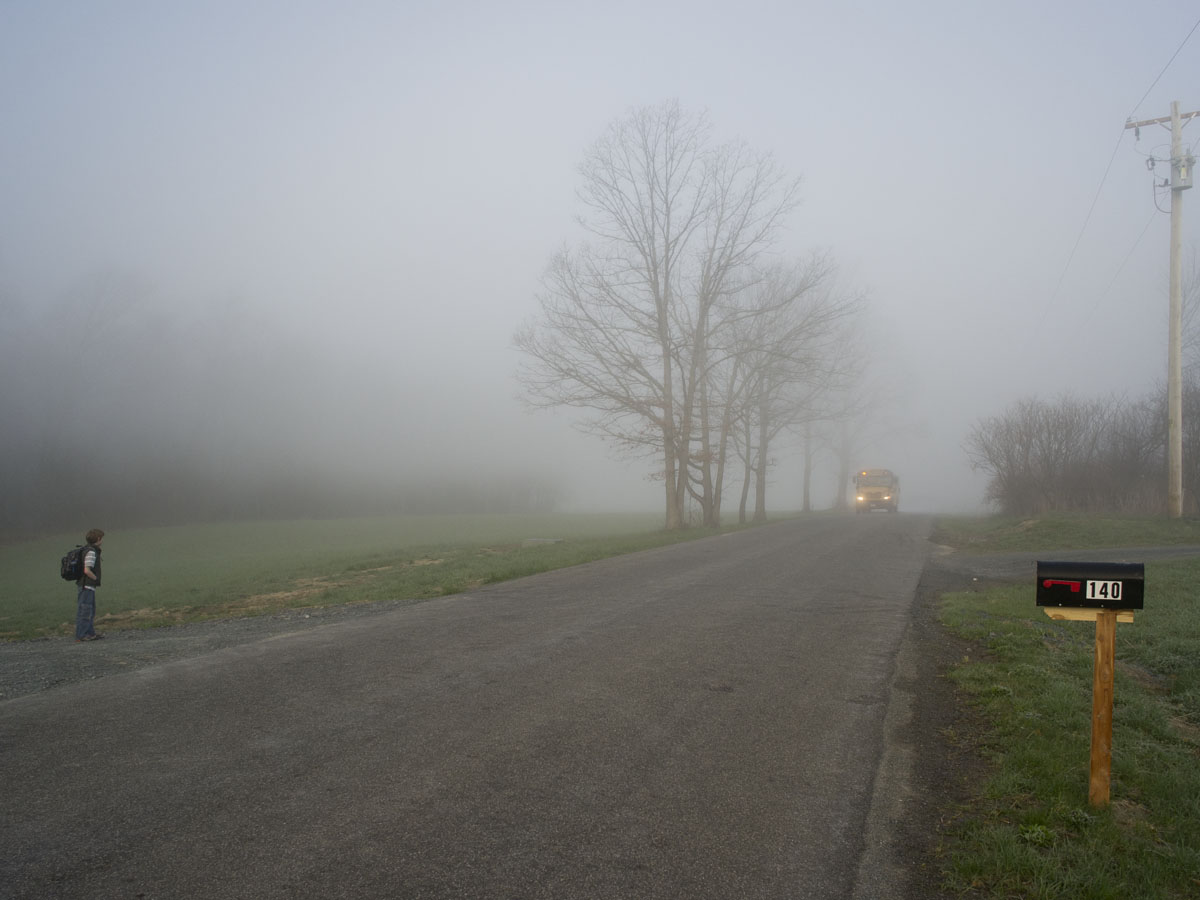




 Many of our household items packed away in a storage container during the build were not needed and not missed. We set up a table at the barn sale in North Chatham to lighten up, and make a few dollars.
Many of our household items packed away in a storage container during the build were not needed and not missed. We set up a table at the barn sale in North Chatham to lighten up, and make a few dollars.











